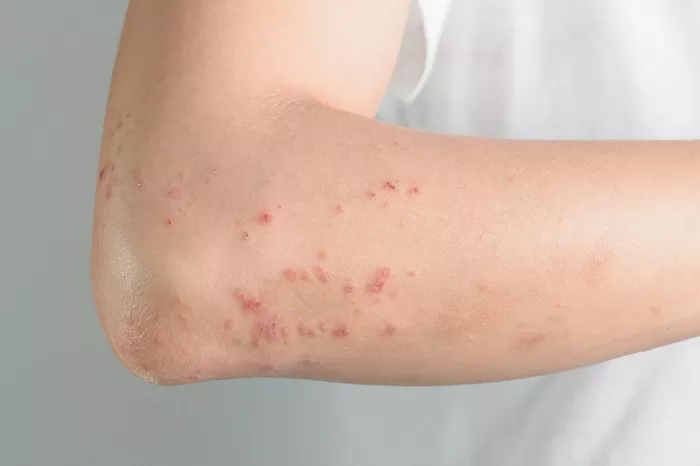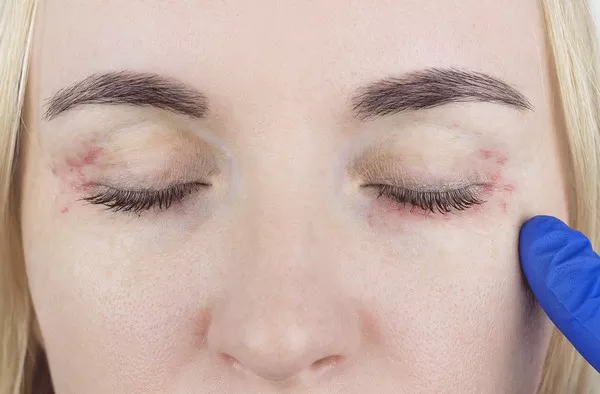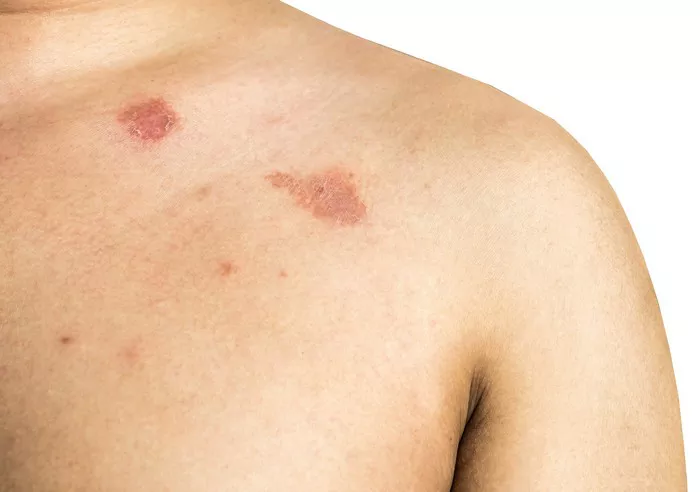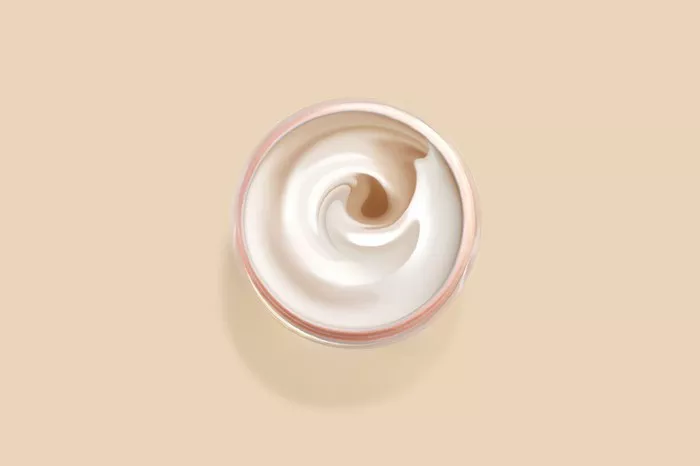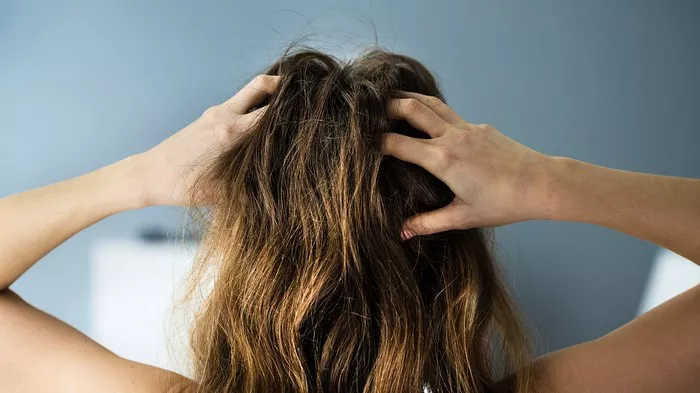Seborrheic dermatitis is a common skin condition that causes redness, flaking, and inflammation, often on areas of the body where sebaceous (oil) glands are most active, like the scalp, face, and chest. While it’s a chronic condition, it can be managed and its symptoms reduced significantly with proper treatment. Although there is no guaranteed “cure” for seborrheic dermatitis, there are ways to manage it effectively and keep it under control. In this article, we will explore different strategies for reducing and possibly eliminating the visible effects of seborrheic dermatitis over time.
What is Seborrheic Dermatitis?
Seborrheic dermatitis is a skin condition that results in scaly, flaky, and sometimes itchy patches of skin. The condition is believed to be caused by an overgrowth of a yeast called Malassezia that thrives in the oily parts of your skin. This yeast can irritate the skin, causing it to become inflamed and peel. Stress, hormonal changes, and other factors such as certain medications can trigger or worsen seborrheic dermatitis.
While seborrheic dermatitis can occur in people of all ages, it is most common in adults between the ages of 30 and 60, and in infants (as cradle cap). In infants, it typically resolves on its own within a few months, but for adults, the condition can become persistent.
How to Identify Seborrheic Dermatitis
Before seeking a permanent solution, it’s important to properly identify seborrheic dermatitis. The most common symptoms include:
- Redness or a rash on oily areas of the skin (scalp, face, chest)
- Yellow or greasy scales or flakes
- Itchy or sore patches of skin
- Crusty, flaky scalp (dandruff)
- In some cases, swelling or inflammation
If you suspect you have seborrheic dermatitis, it’s best to see a dermatologist for a proper diagnosis. While it may resemble other skin conditions, such as eczema or psoriasis, seborrheic dermatitis has unique characteristics that set it apart.
Treatment Options for Seborrheic Dermatitis
There is no one-size-fits-all approach to curing seborrheic dermatitis, but several treatment methods can help manage and reduce flare-ups. These include topical treatments, lifestyle changes, and natural remedies. Let’s explore them in detail.
1. Topical Treatments for Seborrheic Dermatitis
Topical treatments are the most common way to manage seborrheic dermatitis. These treatments come in the form of creams, shampoos, and lotions that are applied directly to the affected areas. Some of the most effective options include:
Medicated Shampoos
For scalp seborrheic dermatitis, a medicated shampoo is often the first line of treatment. Shampoos containing ingredients like ketoconazole, selenium sulfide, or zinc pyrithione can help reduce the overgrowth of the yeast Malassezia. These shampoos are available over-the-counter, but stronger formulations may be prescribed by a dermatologist.
When using medicated shampoos, it’s important to follow the instructions carefully. Often, you need to leave the shampoo on the scalp for several minutes to allow it to work before rinsing it off. Using the shampoo regularly (at least 2-3 times a week) can help control the symptoms and prevent flare-ups.
Topical Steroids
Topical steroids are used to reduce inflammation and relieve itching. Mild corticosteroid creams or ointments can be effective for treating the inflamed patches of seborrheic dermatitis, particularly on the face and scalp. However, steroids should be used sparingly and for short periods of time to avoid side effects such as skin thinning.
If you use topical steroids for a long time, your skin may become more susceptible to infections or may thin out. Always follow your doctor’s guidance on the appropriate use of steroids.
Antifungal Creams and Lotions
Antifungal treatments are essential for controlling seborrheic dermatitis because the condition is linked to an overgrowth of yeast. Over-the-counter antifungal creams containing ketoconazole, clotrimazole, or terbinafine can help eliminate the yeast. These treatments should be applied directly to the affected areas and used as recommended by your doctor.
For more severe cases, your doctor may prescribe a stronger antifungal medication.
2. Lifestyle Modifications for Managing Seborrheic Dermatitis
While medication and topical treatments are important for managing seborrheic dermatitis, lifestyle changes can play a crucial role in keeping flare-ups under control. Making adjustments to your daily routine and environment can help prevent the condition from worsening.
Stress Management
Stress is a known trigger for seborrheic dermatitis flare-ups. Practicing stress-reducing techniques, such as meditation, yoga, deep breathing exercises, and regular physical activity, can help reduce stress levels and keep flare-ups to a minimum. Prioritize relaxation and self-care to support your skin health.
Skin Care Routine
Maintaining a consistent skincare routine can help manage seborrheic dermatitis. Gentle cleansers that won’t strip the skin of its natural oils are important. Look for non-irritating, fragrance-free products to avoid further irritation. When washing your face or body, avoid hot water, as it can dry out your skin and aggravate the condition.
For the scalp, use a soft-bristled brush to gently exfoliate the flaky skin. Avoid scratching the affected areas, as this can lead to further irritation or infection.
Diet Adjustments
Although the direct link between diet and seborrheic dermatitis is not fully understood, some people find that certain foods exacerbate their symptoms. Foods high in sugar, processed foods, and dairy may promote inflammation in the body and worsen skin conditions. Consider adopting an anti-inflammatory diet that includes plenty of fruits, vegetables, lean proteins, and healthy fats.
Additionally, omega-3 fatty acids found in foods like fish, flaxseeds, and walnuts have been shown to have anti-inflammatory properties. Including these foods in your diet may help support overall skin health.
3. Natural Remedies for Seborrheic Dermatitis
In addition to traditional treatments, many people turn to natural remedies to manage seborrheic dermatitis. While these remedies are not a substitute for medical treatment, they can complement conventional methods and help soothe irritated skin.
Tea Tree Oil
Tea tree oil has antifungal and anti-inflammatory properties that may help reduce the symptoms of seborrheic dermatitis. Diluted tea tree oil can be applied to the scalp or affected areas to help reduce flaking and inflammation. However, it’s important to patch-test the oil first, as it can cause irritation for some people.
Aloe Vera
Aloe vera has cooling and soothing properties that can help calm inflamed skin. The gel from the aloe vera plant can be applied directly to the affected areas. This can reduce redness, itching, and flaking, and provide relief from irritation.
Apple Cider Vinegar
Apple cider vinegar is another natural remedy that some people find helpful for seborrheic dermatitis. The acidity in apple cider vinegar may help balance the pH of the skin and inhibit the growth of Malassezia yeast. Dilute apple cider vinegar with water and apply it to the scalp or affected skin areas to help reduce symptoms.
Coconut Oil
Coconut oil has antifungal properties and can act as a moisturizer for dry, flaky skin. Applying coconut oil to the scalp or face may help soothe irritation and reduce the appearance of flakes. Use a small amount, as coconut oil can be heavy and clog pores for some individuals.
4. Medical Procedures for Seborrheic Dermatitis
In rare cases where topical treatments and lifestyle changes don’t provide relief, medical procedures may be considered. These are typically recommended by a dermatologist and are used for severe or persistent cases of seborrheic dermatitis.
Light Therapy
Phototherapy, or light therapy, uses ultraviolet (UV) light to treat skin conditions. UV light can reduce inflammation and help control the overgrowth of yeast. This type of therapy is generally used for people with moderate to severe seborrheic dermatitis that hasn’t responded to other treatments.
Oral Medications
In some cases, oral antifungal medications or oral corticosteroids may be prescribed for more severe flare-ups. These medications are usually reserved for cases that don’t improve with topical treatments.
Preventing Seborrheic Dermatitis Flare-Ups
Once you have managed a seborrheic dermatitis flare-up, the next step is prevention. Here are a few strategies to keep your symptoms from returning:
- Stick to a regular skincare routine that includes gentle cleansers and moisturizing products.
- Keep stress levels under control with relaxation techniques.
- Avoid harsh weather conditions that can dry out the skin, such as extreme cold or heat.
- Regularly use medicated shampoos if you have scalp seborrheic dermatitis.
- Protect your skin from irritants by avoiding fragranced skincare products and chemical-laden products.
Conclusion
While seborrheic dermatitis may not be “curable” in the traditional sense, there are numerous ways to manage the condition and significantly reduce flare-ups. A combination of medical treatments, lifestyle adjustments, and natural remedies can provide long-term relief and help keep symptoms under control. By staying consistent with your treatment and care routine, you can live comfortably with seborrheic dermatitis and prevent it from disrupting your daily life. If symptoms persist or worsen, always consult with a dermatologist for personalized treatment recommendations.
Related topics












